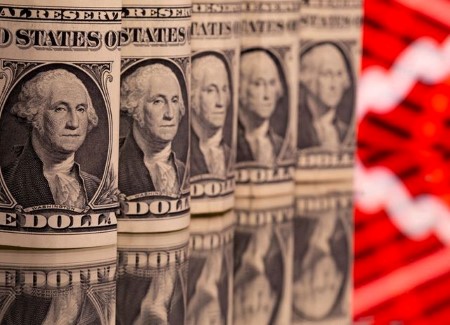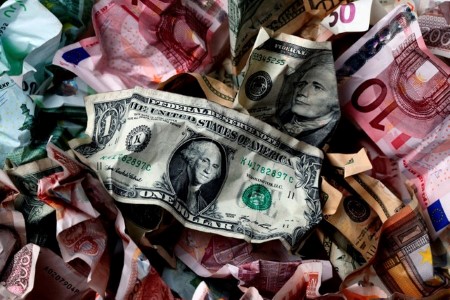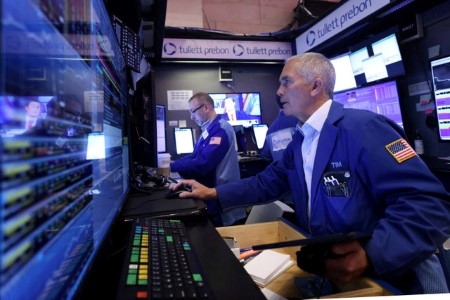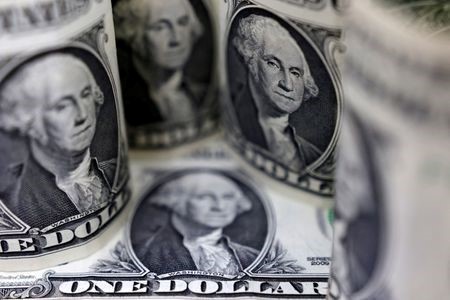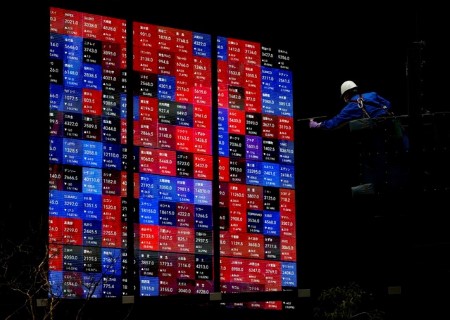NEW YORK – US Treasury yields dropped on Wednesday after an inflation reading came in cooler than expected, raising hopes the Federal Reserve would begin cutting interest rates in coming months that were only partly dampened by new Fed projections that pointed to some caution.
US consumer prices were unchanged in May, according to the Labor Department’s consumer price index (CPI), following a 0.3% increase in April and below the 0.1% increase forecast by economists polled by Reuters.
In the 12 months through May, the CPI advanced 3.3% after increasing 3.4% in April and slightly below the 3.4% forecast.
“The headline number was flat, but that had a lot of uncertainty around it. The core number, which is more signal than noise, was below the consensus,” said Brian Jacobsen, chief economist at Annex Wealth Management in Menomonee Falls, Wisconsin.
“After three months of veering off-track, the disinflation bus is back on the road to 2%.”
Yields pared some declines after the Fed as expected held interest rates steady but pushed out the start of rate cuts to perhaps as late as December, with officials projecting only a single quarter-percentage-point reduction for the year, climbing further during comments from Chair Jerome Powell following the announcement.
“At worst, it’s just delayed, at best, we get more prints like the CPI this morning and the Fed not only does one, but they could still do two, this is far from any commitment, the Fed continues to watch the data,” said Stephen Gallagher, chief US economist at Societe Generale in New York.
“This is a matter of just pulling forward, pushing back, by a matter of months.”
The yield on the benchmark 10-year US Treasury note was down 8 basis points, at 4.322% after hitting 4.25%, its lowest level since April 1.
Market expectations for a rate cut by the Fed in September eased somewhat after the Fed statement, with a 63.5% chance for a rate cut of at least 25 basis points being priced in, according to CME’s FedWatch Tool, after rising to roughly 70% in the wake of the inflation data.
The yield on the 30-year bond shed 5.8 basis points to 4.477%.
A closely watched part of the US Treasury yield curve measuring the gap between yields on two- and 10-year Treasury notes, seen as an indicator of economic expectations, was at a negative 43.8 basis points.
The two-year US Treasury yield, which typically moves in step with interest rate expectations, fell 7.6 basis points and was poised for its biggest daily drop since May 15, to 4.758%, after falling to 4.67%, its lowest since April 5.
The breakeven rate on five-year US Treasury Inflation-Protected Securities (TIPS) was last at 2.188% after closing at 2.265% on June 11.
The 10-year TIPS breakeven rate was last at 2.23%, indicating the market sees inflation averaging about 2.4% a year for the next decade.
(Reporting by Chuck Mikolajczak; Editing by Kirsten Donovan, Nick Zieminski, and Andrea Ricci)







 DOWNLOAD
DOWNLOAD




